Toyota & Honda test disaster-zone H2 bus power generator
Toyota and Honda are developing a mobile system called Moving e for emergency power supply in the event of natural disasters. The system utilises a fuel cell bus from Toyota laden with portable batteries and power output devices from Honda.
The hydrogen fuel cell bus with all its mobile battery components can travel to areas suffering grid breakdown. Toyota has designed the fuel cell bus, called the Charging Station, with a large number of hydrogen tanks, resulting in a comparatively high power generation capacity of 454 kWh with a maximum output of 18 kW.
Two portable power output devices from Honda called the Power Exporter 9000, as well as the portable battery types LiB-AID E500 (20 pieces) and Honda Mobile Power Pack (MPP, 36 bits) supplement the system. Also on board are 36 charging/discharging devices for the Mobile Power Packs, which in Honda’s product range are known as Mobile Power Pack Charge & Supply Concept.
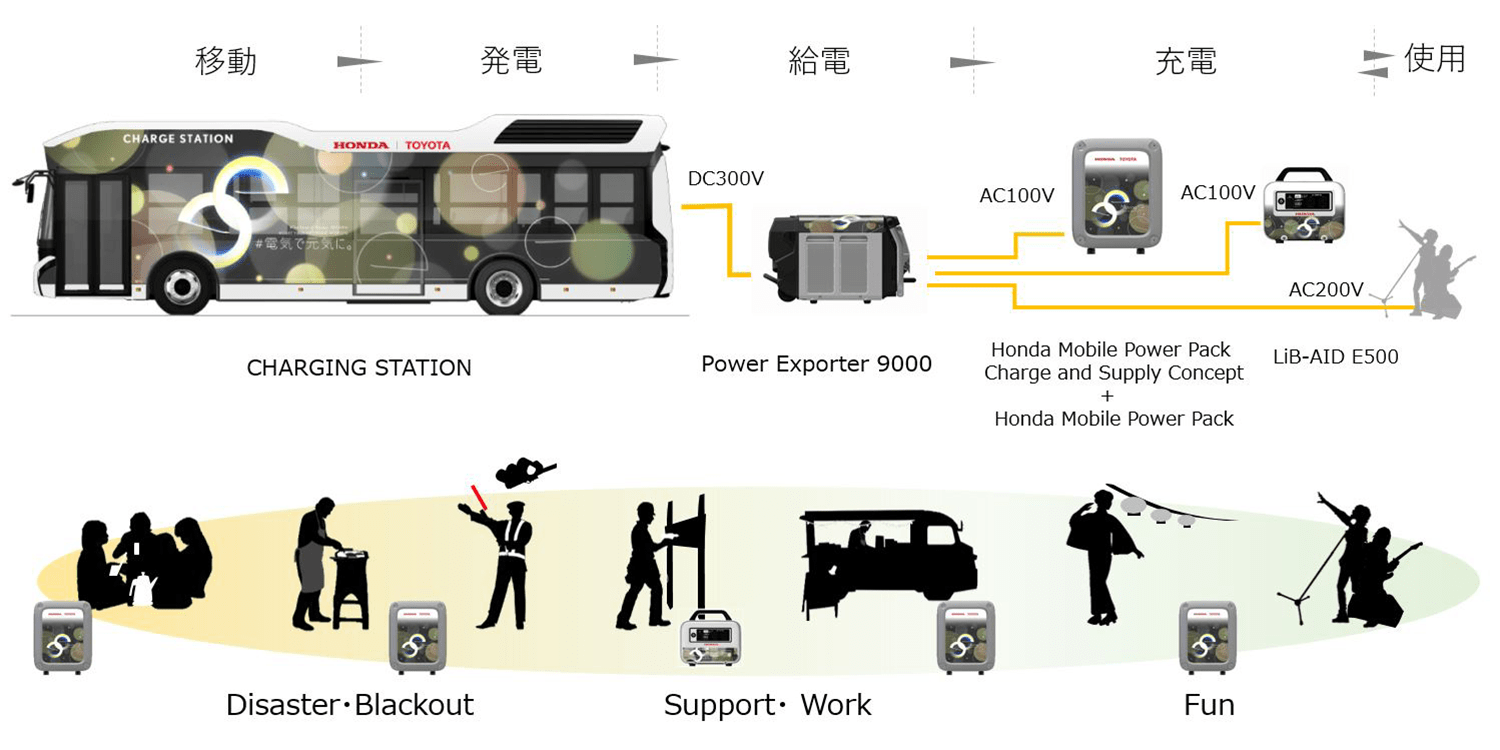
The emergency-supply solution is only mobile to the degree that there is a hydrogen filling station within a radius of about 100 kilometres where the bus can be refuelled. Otherwise, the vehicle will consume too much of its capacity on the road. Toyota says that the system requires leaving a remainder of 240 kWh of power for each 200-kilometre return trip.
The Moving e will be tested from September. In addition to disaster relief operations, the two Japanese companies can also envisage using the mobile power supply system for typical scenarios, such as grid-independent activities or events.
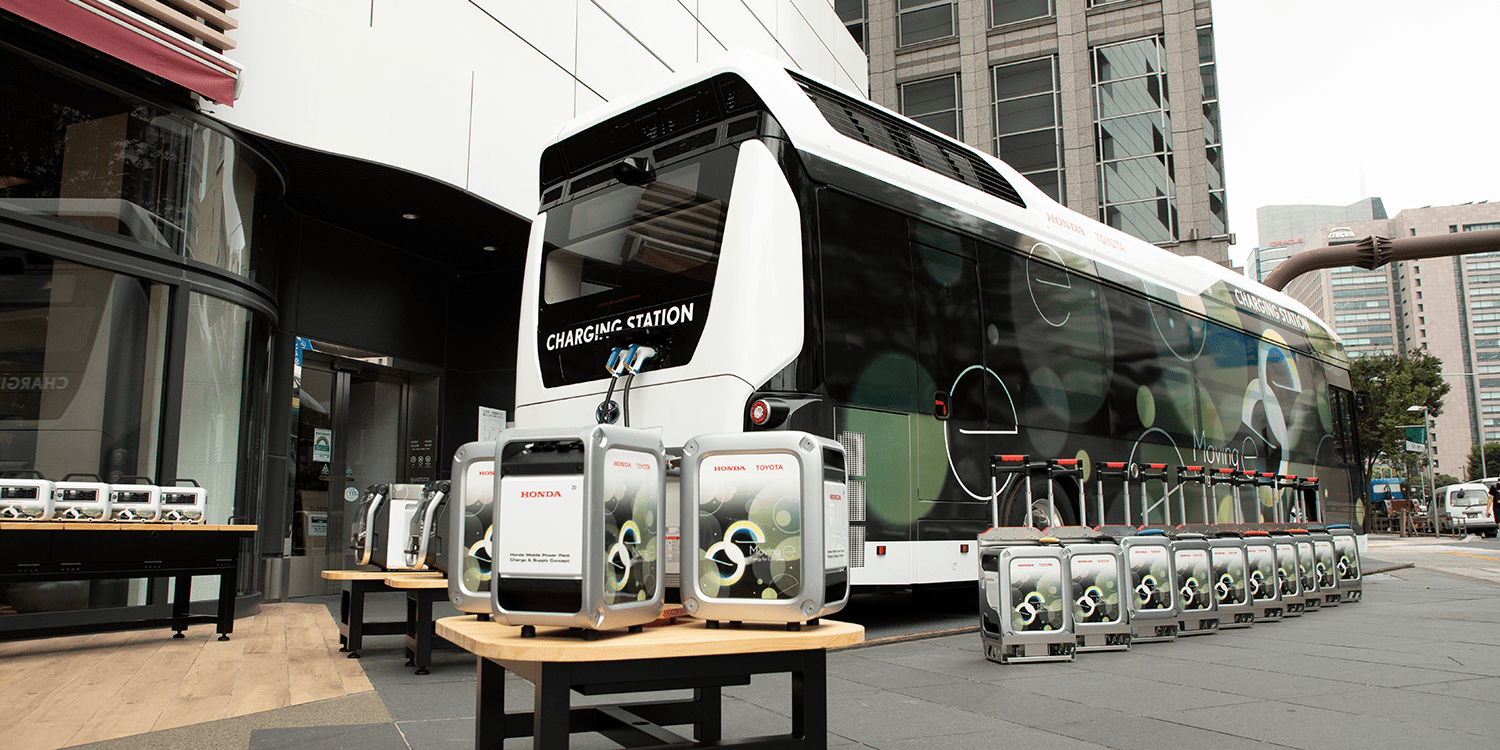
With this project, Toyota and Honda are moving in a field that is otherwise rarely addressed. In early 2019, The British company AFC Energy has demonstrated a network-independent charging solution for electric vehicles under the name CH2ARGE. A hydrogen fuel cell system provides energy to charge a connected battery that lastly delivers the charge for the electric cars, but not necessarily for other power uses as Honda and Toyota’s Moving e is doing. The AFC Energy charging solution product enables a mobile charging they say could also be easily packaged in a shipping container and used temporarily, for example at remote locations or events.
The Moving e set up from Honda and Toyota also opens the possibility to allow people to rest or otherwise be attended to inside the bus. The Charging Station bus has been kitted out with space inside designated for this purpose.
Enabling grid-independent power supply indeed a much-needed product in times of grid vulnerabilities with climate change-related extreme weather. With this train of thought, Honda and Toyota are setting themselves up early in foreseeably-growing potential markets.

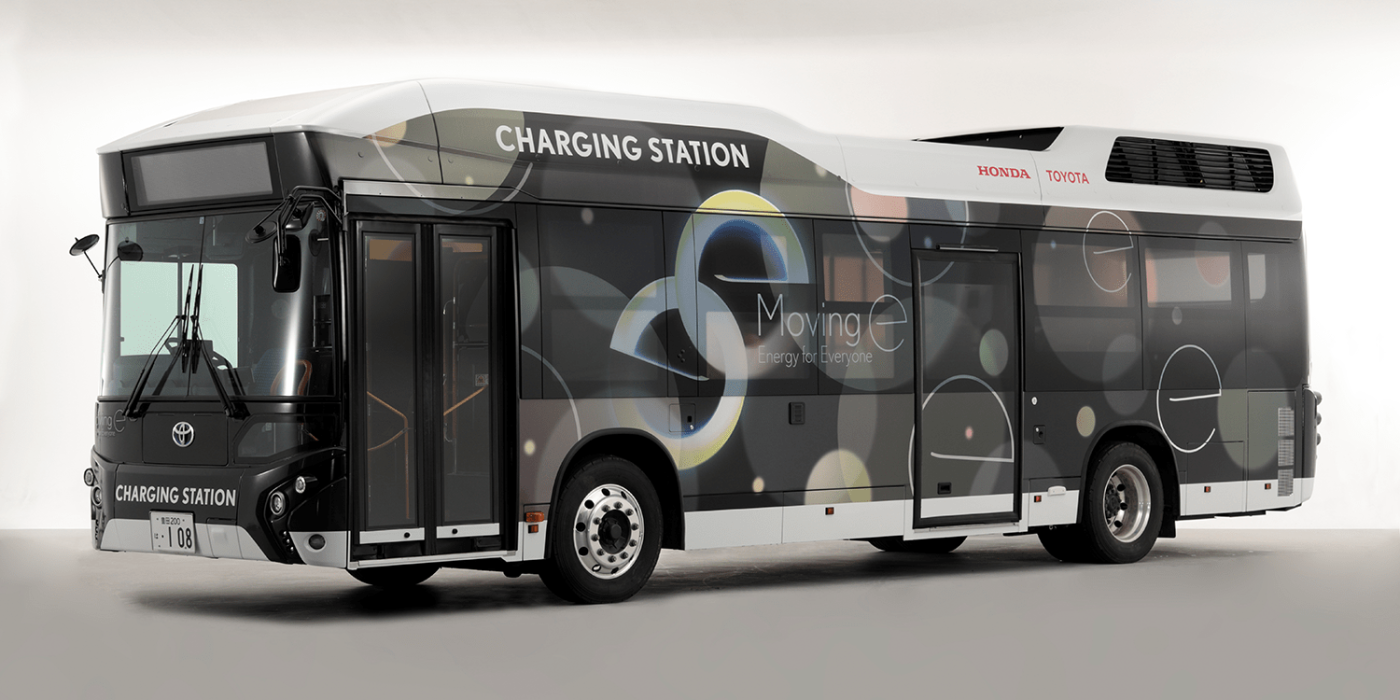
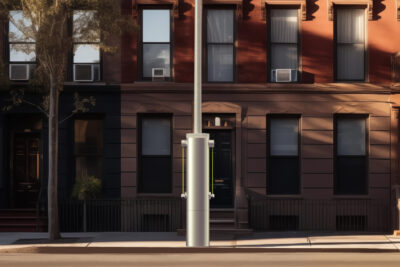
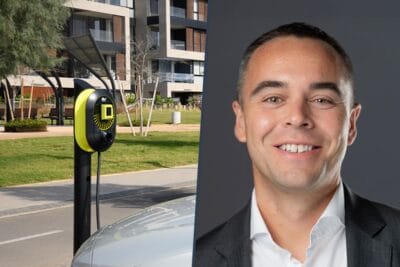
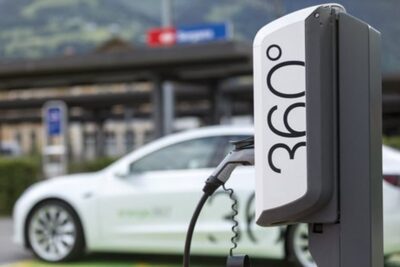
1 Comment